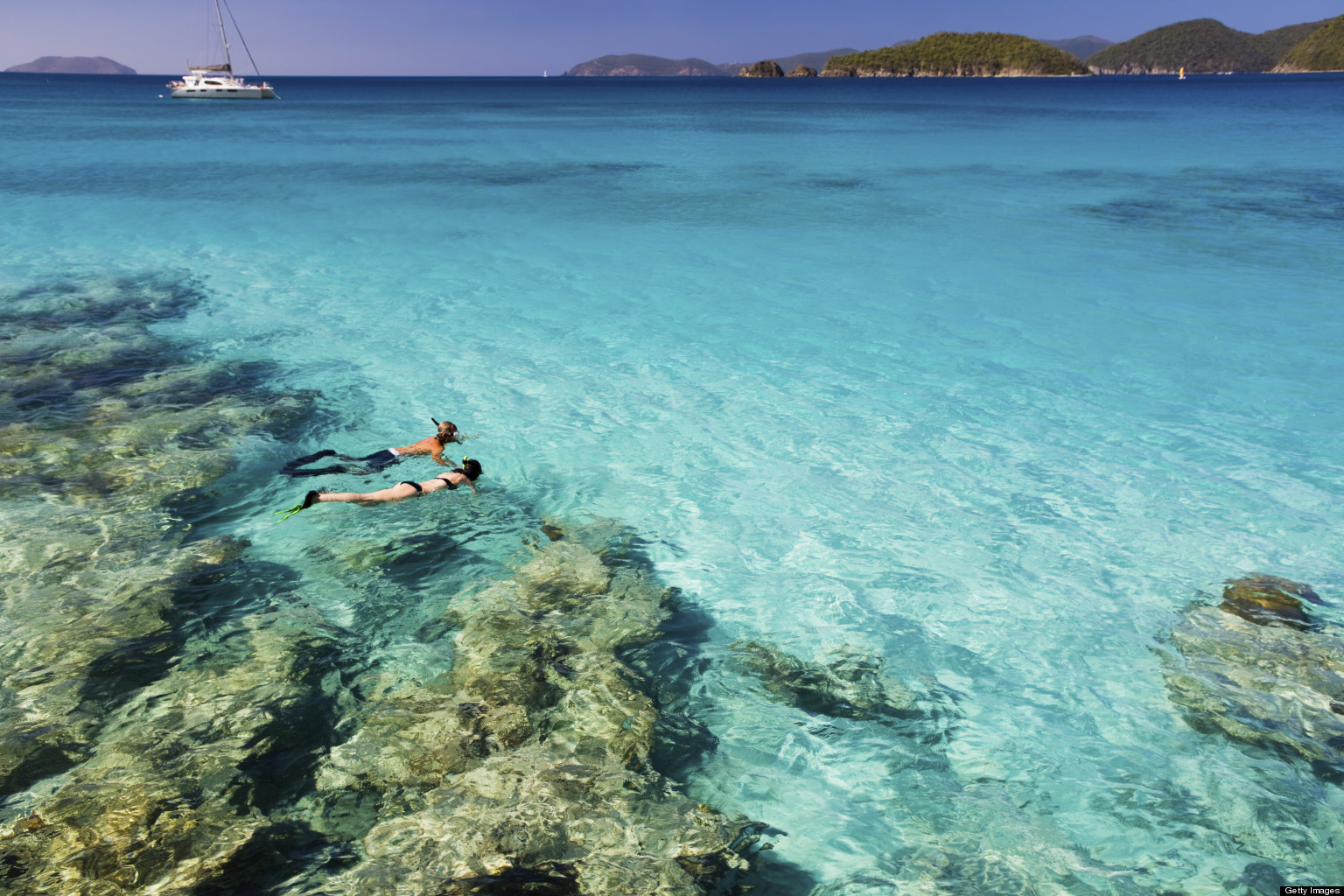Inexpensive travel destinations are no longer a pipe dream; savvy planning can unlock incredible adventures without breaking the bank. This guide unveils strategies for budget travelers, from choosing affordable destinations and transportation to finding cheap accommodation and delicious, authentic food. We’ll explore how to define “inexpensive” based on individual needs, compare costs across various regions, and highlight sustainable travel practices that won’t compromise your budget or the environment.
We’ll delve into specific countries known for their budget-friendly options, outlining free or low-cost activities and contrasting cultural experiences. Learn to navigate transportation options, weighing the pros and cons of public transit, ride-sharing, and walking. We’ll also cover a range of budget-friendly accommodations, from hostels to Airbnbs, and provide tips for securing the best deals. Finally, discover how to manage your travel budget effectively, ensuring a memorable and responsible trip.
Defining “Inexpensive”
The term “inexpensive travel” is subjective, its meaning shifting dramatically depending on individual circumstances and priorities. What constitutes a budget trip for one traveler might be considered extravagant for another. Understanding these variations is crucial for planning a truly affordable adventure.Factors influencing the perception of affordability are numerous and intertwined. The most significant include the traveler’s overall budget, their preferred travel style (backpacking versus luxury), the length of the trip, and the chosen destination.
Furthermore, the cost of flights, accommodation, activities, and food all play a substantial role in determining the overall expense. Currency exchange rates and seasonal variations also impact perceived affordability.
Diverse Interpretations of Inexpensive Travel
A backpacking student might consider $30 a day sufficient for accommodation, food, and activities, while a family of four might find that budget insufficient even for basic necessities. Similarly, a traveler prioritizing luxury experiences might define “inexpensive” as a trip costing several thousand dollars, whereas a frugal traveler might aim for a trip costing significantly less. These differences highlight the need for personalized budget planning, tailored to individual circumstances and travel preferences.
For example, a week-long trip to Southeast Asia might be considered inexpensive for a backpacker but expensive for someone accustomed to five-star hotels. Conversely, a weekend getaway to a nearby city might be inexpensive for a high-income earner but prohibitive for someone with limited financial resources.
Comparative Regional Travel Costs
The following table offers a comparative overview of estimated daily travel costs in different regions. These are averages and can vary widely based on choices and season. Note that these figures represent a mid-range budget, not necessarily the absolute cheapest or most luxurious options.
| Region | Accommodation (per night) | Food (per day) | Activities (per day) |
|---|---|---|---|
| Southeast Asia (e.g., Thailand, Vietnam) | $10 – $30 | $15 – $30 | $10 – $50 |
| South America (e.g., Colombia, Peru) | $15 – $40 | $20 – $40 | $15 – $60 |
| Eastern Europe (e.g., Poland, Hungary) | $25 – $60 | $25 – $50 | $20 – $70 |
| Western Europe (e.g., France, Italy) | $50 – $150 | $40 – $100 | $50 – $150 |
Transportation Costs and Strategies
Navigating inexpensive travel destinations effectively hinges on smart transportation choices. Budget travelers can significantly reduce their expenses by carefully considering their options and prioritizing cost-effective methods. This section explores various affordable transportation alternatives, weighing their advantages and disadvantages to help travelers make informed decisions.
Choosing the right mode of transportation can dramatically impact the overall travel budget. Factors like distance, travel time, personal safety preferences, and the availability of different services in a given location all play a crucial role. Understanding these factors allows for a more strategic approach to transportation planning.
Public Transportation Options
Public transportation, including buses, trains, subways, and trams, often represents the most economical way to get around, especially in densely populated areas. Buses typically offer the lowest fares, while trains and subways may be faster for longer distances. However, public transport can be less convenient than other options, particularly in less developed areas with infrequent services or limited routes.
Safety concerns also vary depending on the location and time of day. For example, night travel on less frequented bus routes might pose a higher risk than daytime travel on a busy subway line. Travelers should research local safety advisories and adjust their travel plans accordingly.
Ride-Sharing Services
Ride-sharing apps like Uber and Lyft offer a flexible alternative to public transport, especially in areas with limited public transportation options or for traveling outside of typical service hours. While potentially more expensive than buses or trains, ride-sharing can provide a safer and more convenient experience, especially for solo travelers or those carrying luggage. However, surge pricing during peak hours or high demand periods can significantly increase the cost, potentially negating any cost savings compared to other methods.
Therefore, it’s crucial to check prices beforehand and consider alternative options during peak times.
Walking and Cycling
Walking and cycling are the most budget-friendly transportation options, offering both physical activity and a chance to experience the destination more intimately. They are ideal for short distances within cities and towns. However, they are impractical for longer journeys and can be unsafe or uncomfortable in areas with heavy traffic, poor infrastructure, or extreme weather conditions. The feasibility of walking or cycling depends heavily on the destination’s infrastructure and personal fitness level.
For example, exploring a historic city center on foot is often a rewarding and economical choice, whereas attempting to cycle across a vast rural landscape might be impractical.
Transportation Cost Comparison Table, Inexpensive travel destinations
| Transportation Method | Country A (Example: Thailand) | Country B (Example: Peru) | Country C (Example: Vietnam) |
|---|---|---|---|
| Local Bus | $0.50 – $2.00 per ride | $0.75 – $3.00 per ride | $0.25 – $1.50 per ride |
| Train (Local) | $1.00 – $5.00 per ride | $2.00 – $10.00 per ride | $0.50 – $4.00 per ride |
| Ride-Sharing (per km) | $0.50 – $1.50 | $1.00 – $3.00 | $0.30 – $1.00 |
| Taxi (per km) | $1.00 – $3.00 | $2.00 – $5.00 | $0.75 – $2.50 |
Note: These are average cost estimations and can vary based on distance, time of day, and specific location within each country. Always factor in potential additional fees or surcharges.
Enhance your insight with the methods and methods of good places to go on vacation.
Food and Drink on a Budget: Inexpensive Travel Destinations
Savvy travelers understand that food costs can significantly impact a trip’s overall expense. Eating well doesn’t require emptying your wallet; with a little planning and resourcefulness, delicious and authentic meals can be enjoyed at a fraction of the cost of tourist traps. This section explores affordable eating strategies in various budget-friendly travel destinations, focusing on maximizing culinary experiences while minimizing expenses.
Inexpensive and Authentic Food Options
Accessing affordable and authentic food is key to budget travel. Street food stalls and local markets offer a vibrant culinary landscape, often far exceeding the quality and value of more expensive restaurants. For example, in Southeast Asia, street food is a cornerstone of the culture, offering a vast array of flavorful and inexpensive dishes like Pad Thai in Thailand (often costing less than $2), Pho in Vietnam (similarly affordable), and various noodle soups and curries throughout the region.
In South America, arepas in Colombia and empanadas in various countries provide substantial and inexpensive meals. In Eastern Europe, hearty soups and pierogi in Poland offer satisfying and budget-friendly options. In Mexico, tacos al pastor are a classic example of delicious and incredibly cheap street food.
Tips for Eating Affordably While Traveling
Several strategies significantly reduce food costs. Local markets are treasure troves of fresh, affordable produce, meats, and staples. Purchasing ingredients and preparing simple meals in your accommodation, even if it’s just a hostel, can dramatically cut costs. Street food, as mentioned, is a fantastic option for quick, cheap, and authentic meals. Look for busy stalls – a good indication of popularity and quality.
Finally, consider eating larger meals earlier in the day, potentially skipping a more expensive dinner. Packing some non-perishable snacks, such as nuts or energy bars, can also prevent impulse purchases when hunger strikes.
Average Meal Costs in Various Settings
The following table illustrates average meal costs in different settings across several budget-friendly destinations. These are estimates and can vary based on location and season.
| Country/Region | Street Food | Local Restaurant | Mid-Range Restaurant |
|---|---|---|---|
| Thailand | $1-3 | $5-10 | $15-25 |
| Vietnam | $1-3 | $4-8 | $12-20 |
| Mexico | $2-5 | $6-12 | $15-30 |
| Poland | $3-6 | $7-15 | $15-30 |
| Colombia | $2-4 | $5-10 | $12-20 |
Sustainable and Responsible Budget Travel

Budget travel doesn’t have to mean irresponsible travel. In fact, embracing sustainable practices can enhance your experience and contribute positively to the places you visit, often without significantly impacting your budget. Minimizing your environmental footprint and supporting local communities are key components of responsible tourism, and are achievable even on a shoestring.Sustainable tourism focuses on minimizing negative impacts on the environment, economy, and social fabric of a destination.
Responsible budget travel prioritizes these same principles while acknowledging financial constraints. This approach ensures that the benefits of tourism are shared equitably and that destinations are preserved for future generations.
Minimizing Environmental Impact on a Budget
Reducing your environmental impact while traveling inexpensively is entirely feasible. Small changes can make a big difference. For example, opting for public transportation like buses or trains instead of taxis or rental cars significantly reduces carbon emissions. Walking or cycling whenever possible further minimizes your environmental footprint. Choosing accommodations with eco-friendly practices, such as those using renewable energy or implementing water conservation measures, is another effective strategy.
Packing reusable water bottles and shopping bags helps to reduce waste generated during your trip. Supporting businesses that prioritize sustainability, such as those using locally sourced products or minimizing packaging, also aligns with responsible travel principles.
Supporting Local Communities and Economies
Supporting local communities and economies is a cornerstone of responsible tourism. Choosing locally owned restaurants and shops over international chains helps to inject money directly into the local economy, boosting the livelihoods of residents. Staying in locally-owned guesthouses or homestays, rather than large international hotel chains, provides a more authentic cultural experience and directly supports local entrepreneurs. Participating in locally-guided tours or activities allows you to learn from and support local experts and businesses.
Engaging with local artisans and purchasing handcrafted souvenirs directly from them ensures that your spending contributes directly to their livelihoods. By actively seeking out opportunities to support local businesses, budget travelers can contribute significantly to the economic well-being of the communities they visit.
Ultimately, inexpensive travel is about prioritizing experiences over extravagance. By adopting smart strategies and embracing resourceful planning, you can unlock a world of incredible destinations without sacrificing quality or depleting your savings. Remember, the most rewarding journeys are often the ones that challenge you to think creatively and appreciate the simple joys of exploration. This guide provides the roadmap; your adventure awaits.



